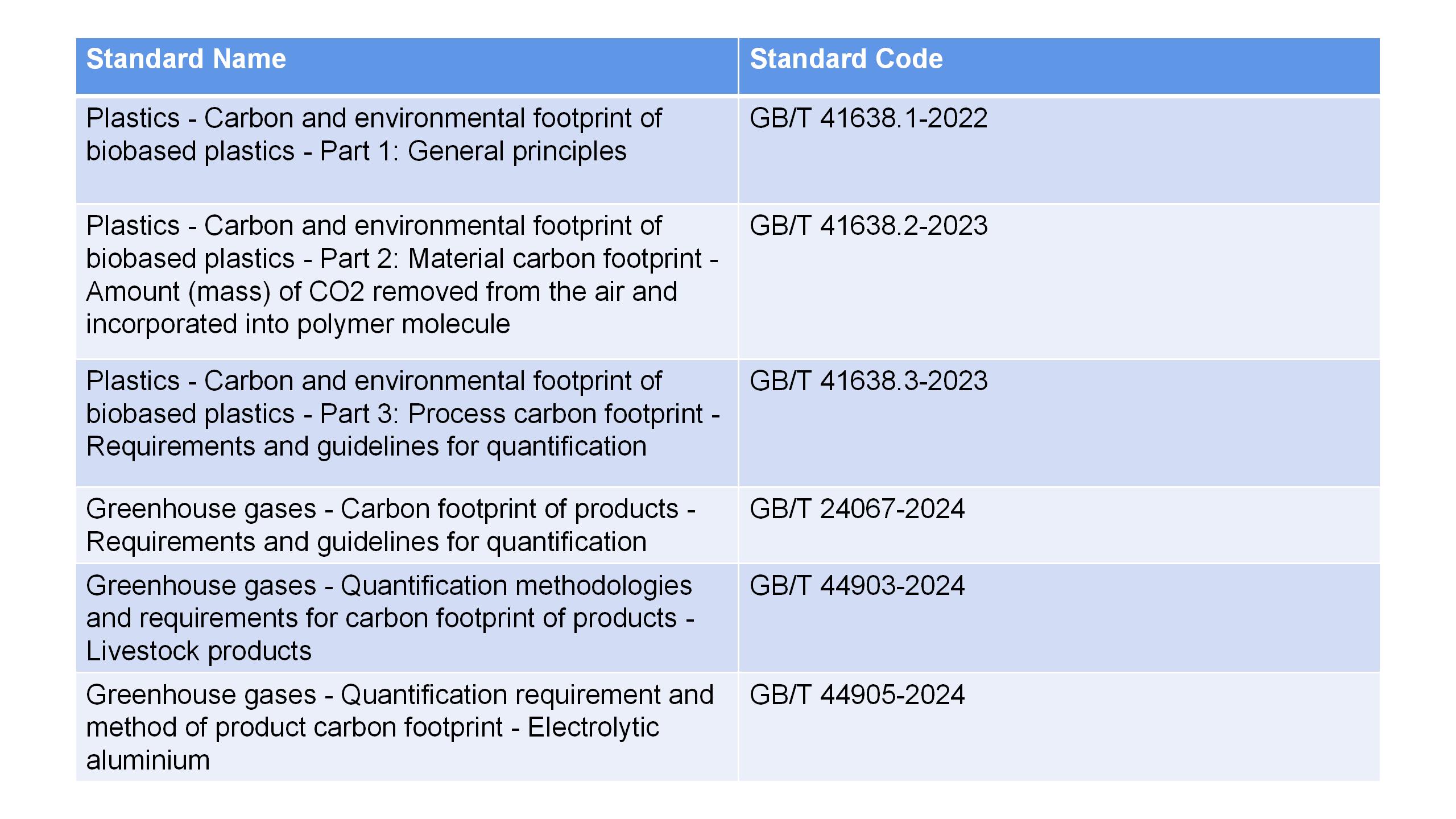On June 25, 2025, the Ministry of Ecology and Environment of the People’s Republic of China (MEE) published the Progress Report on the Construction of Management System of Product Carbon Footprint (hereinafter referred to as the Progress Report). The Progress Report reflects China’s work in the field of product carbon footprint and the practices and achievements so far.
In May 2024, MEE, together with 14 departments, issued the Implementation Plan for Establishing a Carbon Footprint Management System (hereinafter referred to as the Implementation Plan). MEE took the lead in advancing the implementation, marking the start for the construction of a national carbon footprint management system.
The Progress Report systematically summarizes the progress made by various departments in the field of product carbon footprint since 2024, introduces related achievements from four aspects:
- Establishing and improving the management system,
- Building a multi-party participation work framework,
- Promoting international mutual recognition of rules,
- Strengthening capacity building,
The Progress Report provided a comprehensive overview of China’s current product carbon footprint standards system.
In Aug, 2024, China issued a voluntary standard on the scope of activities, principles and quantification methods for research on product carbon footprint GB/T 24067-2024 Greenhouse gases – Carbon footprint of products – Requirements and guidelines for quantification.
On Dec 28, 2024, Guidelines for Formulating Product Carbon Footprint Accounting Standards was jointly issued by the MEE, the National Development and Reform Commission (NDRC) and the State Administration for Market Regulation of China (SAMR). The guidelines clarify requirements for carrying out the standards work related to product carbon footprint accounting, along with the objective of pushing the alignment among association standards, sector standards and the national standards.
Since the inception of the Implementation Plan, China focuses on formulating standards for key sectors such as basic energy, raw materials, “New Three”( New Energy Vehicles, Batteries and Solar Panels), and transportation. Up until the end of 2024, 6 national standards on product carbon footprint accounting has been published (shown in Fig 1). 67 national standards projects on carbon footprint accounting has been launched. Over 100 association standards on industry-specific carbon footprint accounting standards have been published. In addition, China’s Ministry of Industry and Information Technology (MIIT), MEE, NDRC and SAMR jointly released the First Batch of Recommended Association Standards on the Industrial Product Carbon Footprint Accounting Rules.

Figure 1. 6 national standards released in 2024
On Aug 30, 2024, SAMR, MEE, NDRC and MIIT jointly issued an announcement on the launch of Product Carbon Footprint Labeling Certification Pilot Program. The pilot program targeted lithium-ion batteries, photovoltaic, steel iron, electronic and electrical products . In March, 2025, China’s National Certification and Accreditation Administration released Trial General Implementation Rules for Product Carbon Footprint Labeling Certification, as one of the achievements derived from the pilot program.
Internationally, relevant Chinese research centers had multiple in-depth discussion on unified data framework standards, unified data foundation and basic data with EU DG Environment, Life Cycle Initiative under UN Environment Program, Joint Research Centre under European Commission, World Steel Association (worldsteel) and EPD Italy (Environmental Product Declaration ). Moreover, 27 international standard proposals were submitted and over 10 “dual-carbon” international standards were led by China.
The Progress Report also provides an outlook on the future construction of China’s product carbon footprint management system. Moving forward, MEE will further improve the product carbon footprint accounting rule and standard system, accelerate research on carbon footprint factors for key products, explore the full-chain coordination of product carbon footprint management, strengthen international exchanges, promote international recognition of carbon footprint rules, continue to advance the implementation of all tasks under the Implementation Plan for Establishing a Carbon Footprint Management System, and ensure practical results in the work.
Chinese source: https://www.mee.gov.cn/ywdt/xwfb/202506/t20250625_1121882.shtml




